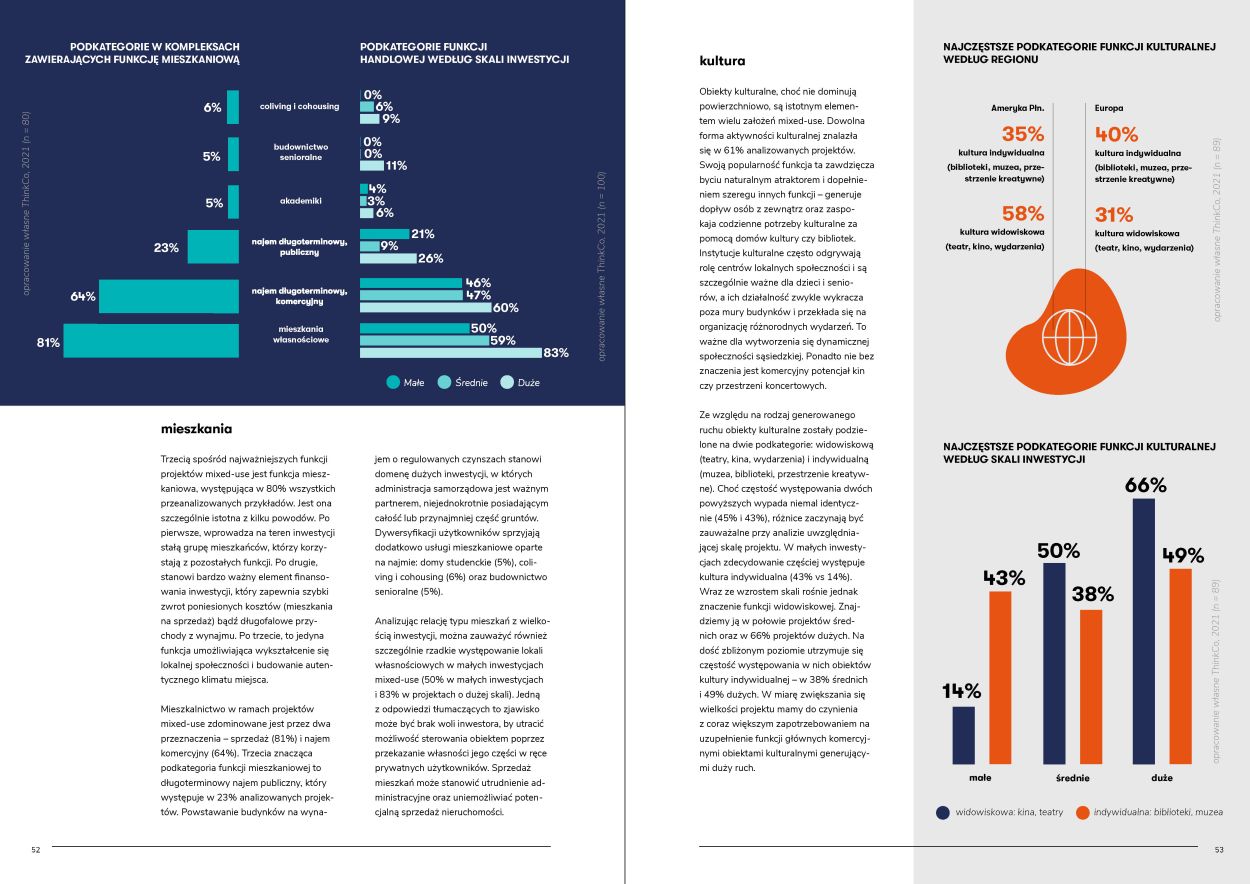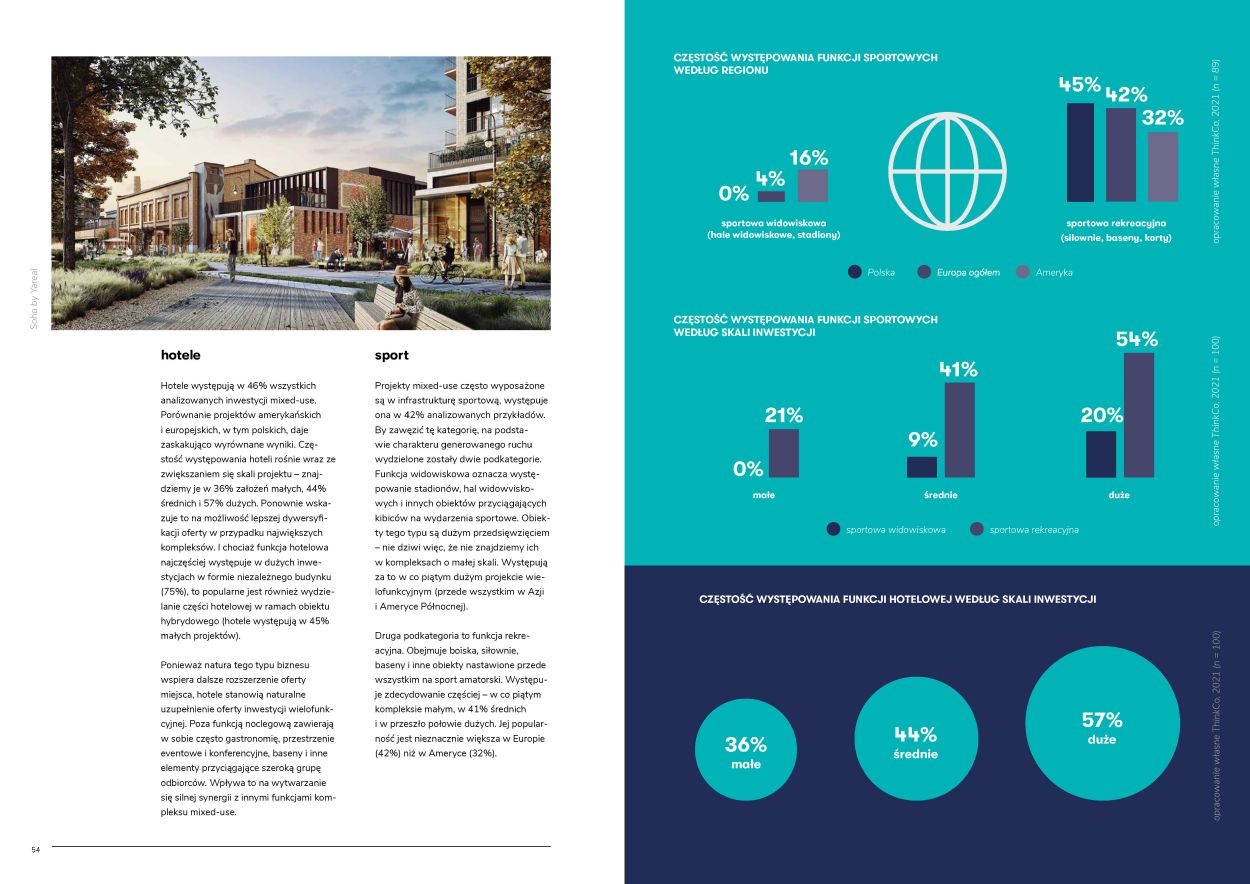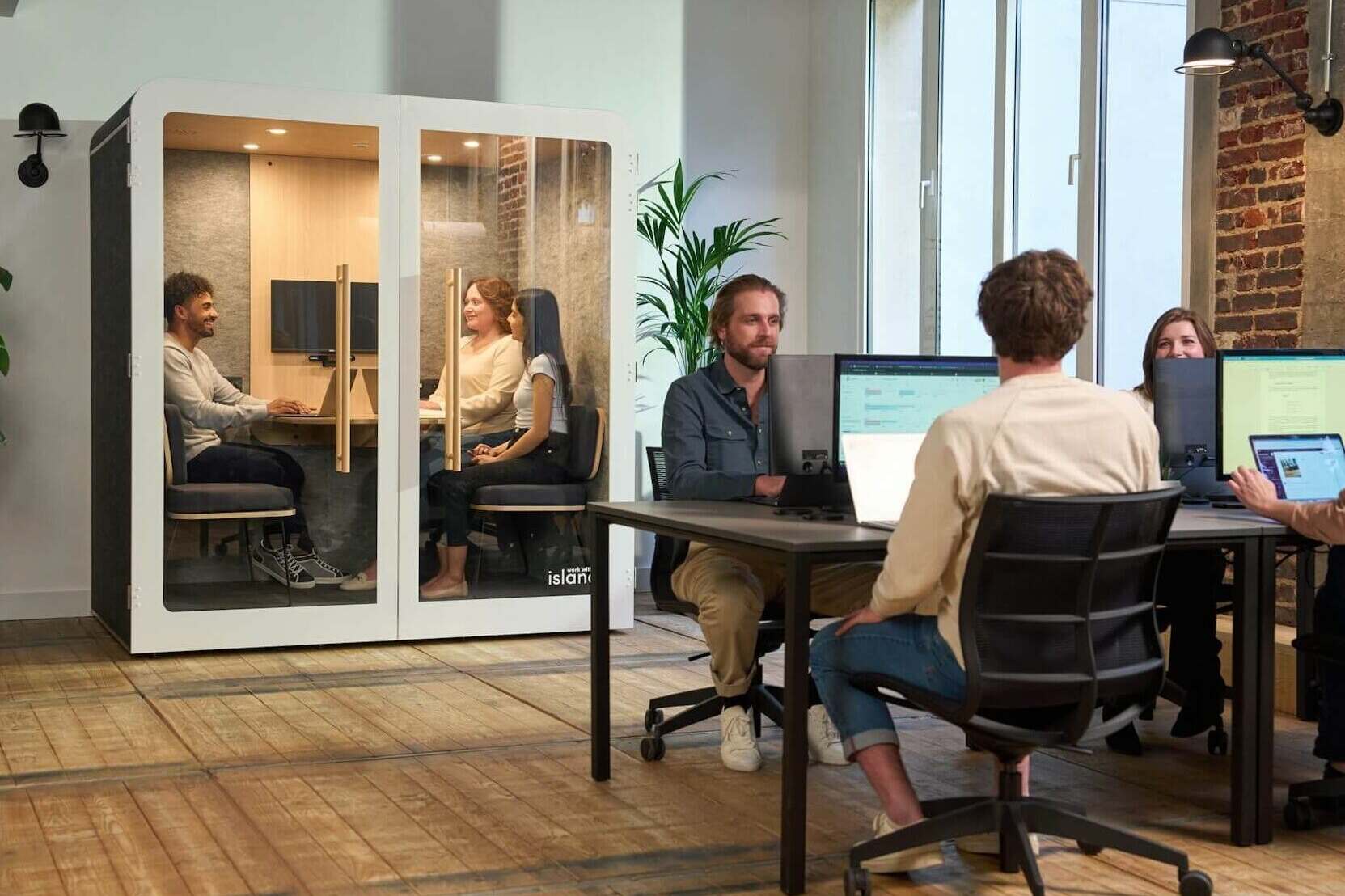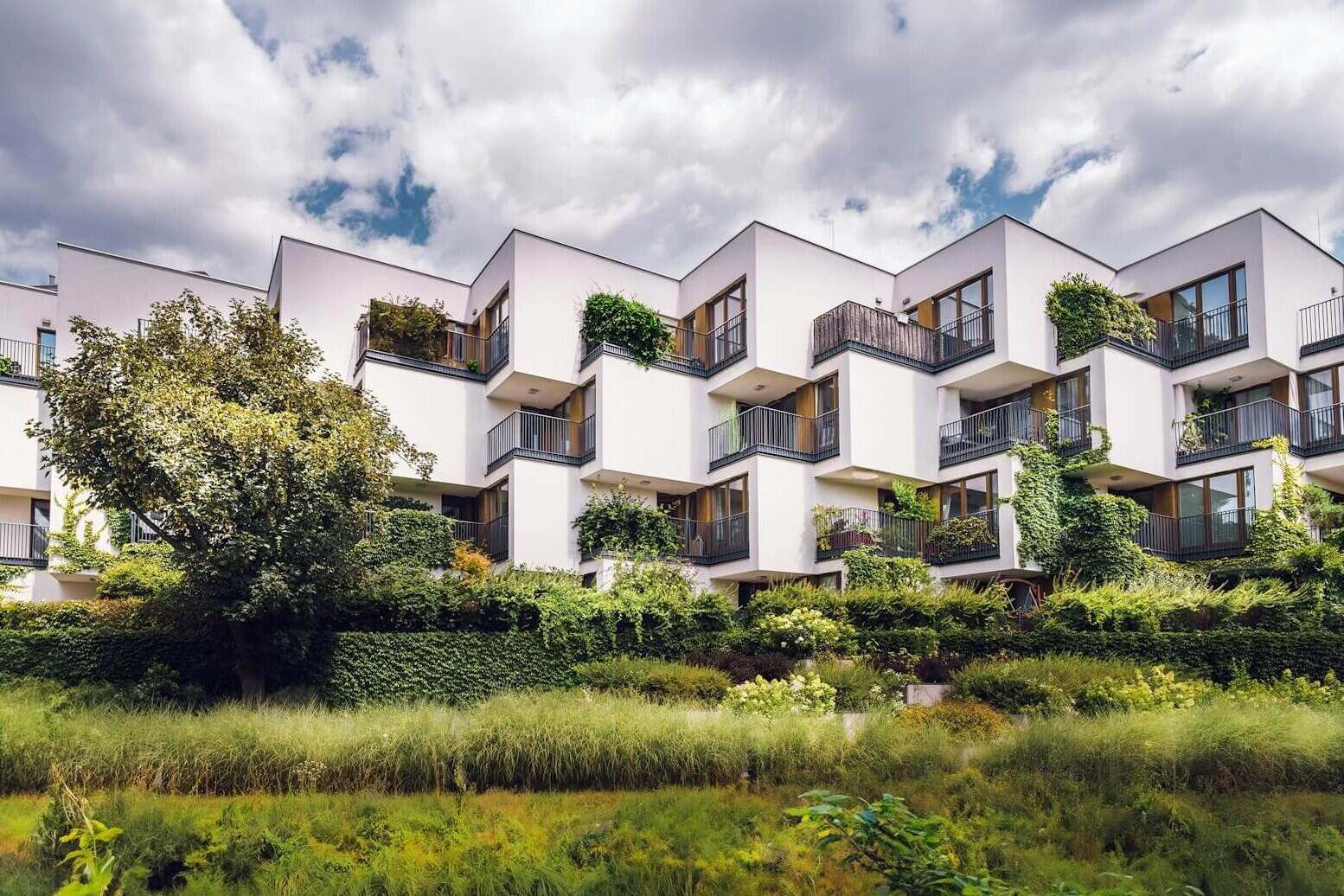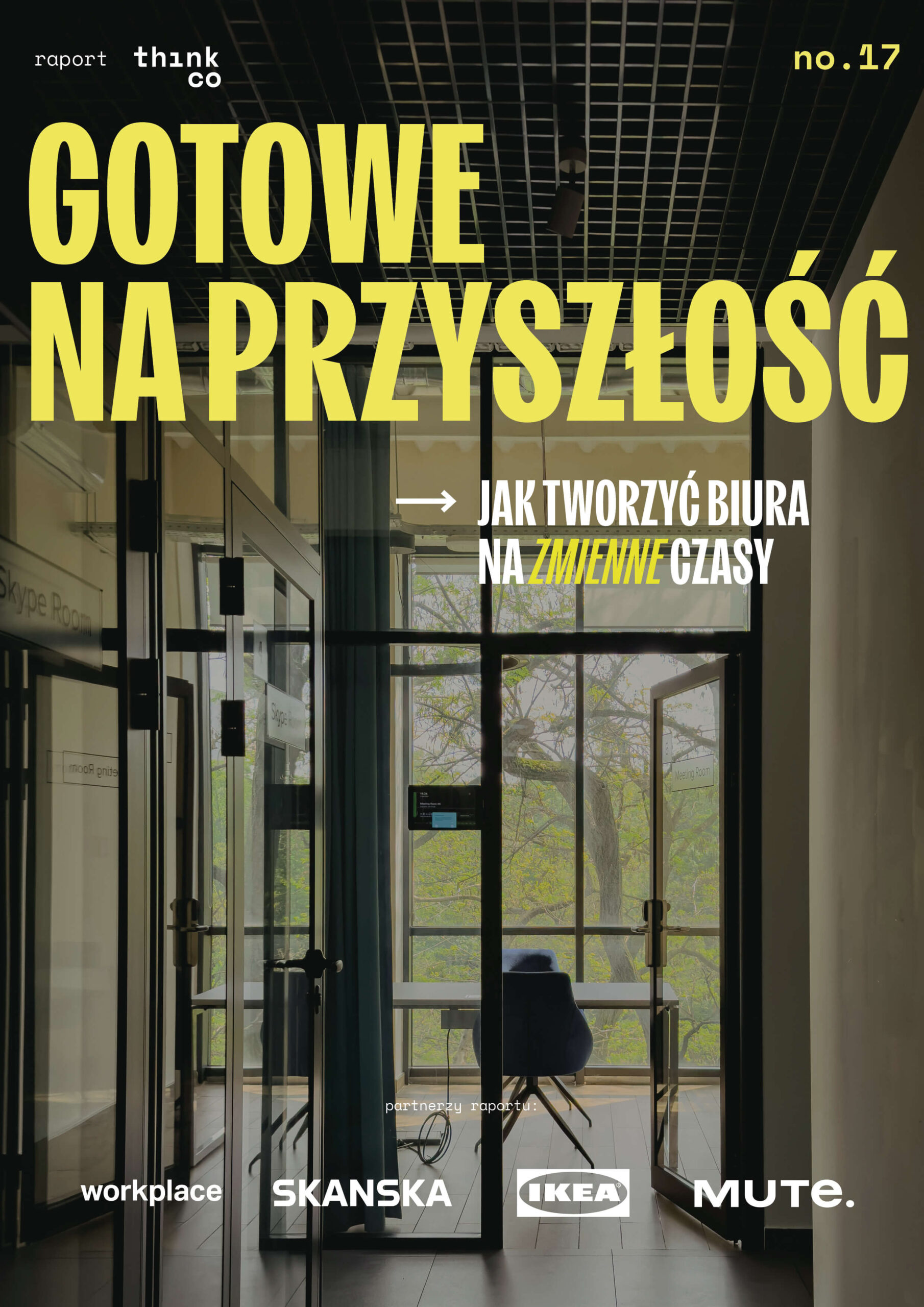Mixed-use investments in Poland are becoming more and more important. For this reason, we have created the most comprehensive study on multifunctional projects ever published on our market.
We have analyzed over a hundred projects from all over the world in detail. We traced the social, economic and urban context of such projects. The aim was to understand the general rules governing mixed-use investments and learn about their specific features - including architecture, development processes and management mechanisms.
Report"Mixed-Use Developments in Poland and Abroad" is a comprehensive guide to the complex characteristics of such projects and indicates the factors behind the expected increase in the importance of mixed-use investments. It describes contemporary mixed-function projects, explains their genesis and presents development prospects.
The report is the result of the analysis of over a hundred multifunctional projects and the aggregation of knowledge from business and academic studies. On their basis, basic typologies were defined for a better description of mixed-use investments. We are interested in the reasons behind the growing popularity of mixed-function projects and their social and economic implications. We are looking at the situation of this segment in Poland in detail and identifying opportunities and threats for further development.
How to understand mixed-use
Although we intuitively understand what they mean, mixed-use projects have not been given a commonly accepted definition. According to the ThinkCo definition, a mixed-use assumption is a project intentionally integrating several functions - significant in the scale of the assumption and interdependent. At the same time, at least two of them must be important enough to meet the needs of independent groups of users. The scale is not defined - it can cover a single object, a complex of buildings or the entire area of the city. Importantly, however, this type of investment has an institutional nature of planning, financing and management. At the same time, it maximizes the use of the area and creates a coherent spatial and architectural expression, which makes it possible to build the brand of the place.
The scale mixed-use in Poland
In the last few years, the accelerated growth rate of this market in Poland has been clearly visible. By the end of 2021, thirty-seven projects are to be at least partially available, more than twice as many as five years ago. Several more investments are planned throughout the country. The market is developing fast, projects are becoming more and more diverse, and developers are more willing to diversify their investment portfolios by adding new multifunctional projects.
Division of functions - synergy is the most important factor
In 93% of mixed-use complexes there is space for retail, 84% offer offices and 80% - apartments. In addition, there is a whole range of complementary functions, the most important of which are gastronomy and culture. Although they often do not bring direct significant profits for investors, they help attract people from the outside, and at the same time build the atmosphere and identity of the place. In addition, the broadly understood gastronomy enters into synergy with almost every possible function. This is extremely important, because it is the synergy between the individual elements that determines the proper mixing of mixed-use functions and their mutual support.
Multidimensional diversification
Diversification of products, space tenants and end users, which build the added value of a place, is of key importance. Mixed-use investments are often managed by a single entity that maintains this fragile balance through daily activities. At the same time, in the case of investors who do not want to take on the entire multifunctional project, a popular solution is to create a masterplan and then hand over individual parts of the project to specialized partners.
The potential of cross-sectoral cooperation
In Poland, we do not have to deal with strong functional zoning, which inhibits the development of multifunctional facilities, e.g. in many US cities. At the same time, we are also far from developed PPP mechanisms, popular especially in France and the Netherlands, where entire mixed-use estates are used to achieve the financial success of a private entity and social goals of local governments. Entities interested in mixed-use investments face a number of organizational challenges which, in the absence of appropriate regulations, force them to interpret the existing regulations on their own.
Opportunities and threats
Everyone can benefit from mixed-use investments. From the investors' point of view, a well-executed project means higher property valuations. For local governments, it is an opportunity to revitalize a neglected area or create a new local centre. Tenants of commercial spaces benefit from the presence of residents as well as people attracted from outside. Residents, on the other hand, benefit from an animated space that offers a variety of features not previously available in the area.
However, these are very complicated processes with high investment risk. Therefore, they are implemented primarily where the location indicates a large and untapped potential. The process requires close cooperation between the investor and the local government and a lot of support from public authorities. In addition, there are problems with maintaining the existing buildings, legal challenges and lack of experience in carrying out such complex investments.
Partners of the report
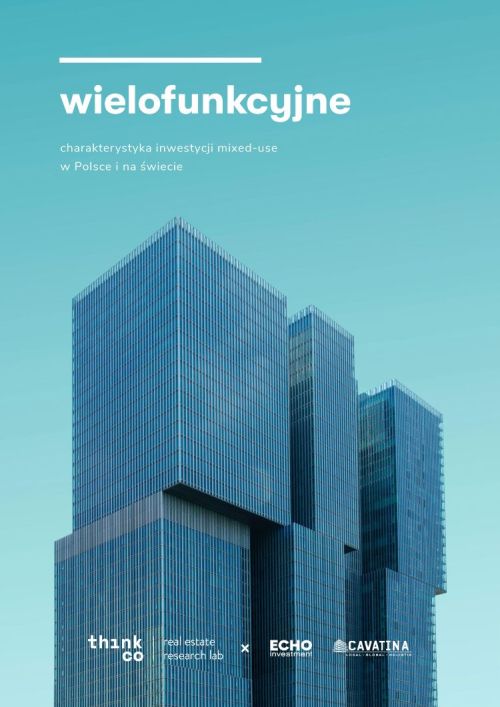
Mixed-use investments in Poland are becoming more and more important. For this reason, we have created the most comprehensive study on multifunctional projects ever published on our market.
Report"Mixed-Use Developments in Poland and Abroad" is a comprehensive guide to the complex characteristics of such projects and indicates the factors behind the expected increase in the importance of mixed-use investments. It describes contemporary mixed-function projects, explains their genesis and presents development prospects.
The report is the result of the analysis of over a hundred multifunctional projects and the aggregation of knowledge from business and academic studies. On their basis, basic typologies were defined for a better description of mixed-use investments. We are interested in the reasons behind the growing popularity of mixed-function projects and their social and economic implications. We are looking at the situation of this segment in Poland in detail and identifying opportunities and threats for further development.
How to understand mixed-use
Although we intuitively understand what they mean, mixed-use projects have not been given a commonly accepted definition. According to the ThinkCo definition, a mixed-use assumption is a project intentionally integrating several functions - significant in the scale of the assumption and interdependent. At the same time, at least two of them must be important enough to meet the needs of independent groups of users. The scale is not defined - it can cover a single object, a complex of buildings or the entire area of the city. Importantly, however, this type of investment has an institutional nature of planning, financing and management. At the same time, it maximizes the use of the area and creates a coherent spatial and architectural expression, which makes it possible to build the brand of the place.
The scale mixed-use in Poland
In the last few years, the accelerated growth rate of this market in Poland has been clearly visible. By the end of 2021, thirty-seven projects are to be at least partially available, more than twice as many as five years ago. Several more investments are planned throughout the country. The market is developing fast, projects are becoming more and more diverse, and developers are more willing to diversify their investment portfolios by adding new multifunctional projects.
Division of functions - synergy is the most important factor
In 93% of mixed-use complexes there is space for retail, 84% offer offices and 80% - apartments. In addition, there is a whole range of complementary functions, the most important of which are gastronomy and culture. Although they often do not bring direct significant profits for investors, they help attract people from the outside, and at the same time build the atmosphere and identity of the place. In addition, the broadly understood gastronomy enters into synergy with almost every possible function. This is extremely important, because it is the synergy between the individual elements that determines the proper mixing of mixed-use functions and their mutual support.
Multidimensional diversification
Diversification of products, space tenants and end users, which build the added value of a place, is of key importance. Mixed-use investments are often managed by a single entity that maintains this fragile balance through daily activities. At the same time, in the case of investors who do not want to take on the entire multifunctional project, a popular solution is to create a masterplan and then hand over individual parts of the project to specialized partners.
The potential of cross-sectoral cooperation
In Poland, we do not have to deal with strong functional zoning, which inhibits the development of multifunctional facilities, e.g. in many US cities. At the same time, we are also far from developed PPP mechanisms, popular especially in France and the Netherlands, where entire mixed-use estates are used to achieve the financial success of a private entity and social goals of local governments. Entities interested in mixed-use investments face a number of organizational challenges which, in the absence of appropriate regulations, force them to interpret the existing regulations on their own.
Opportunities and threats
Everyone can benefit from mixed-use investments. From the investors' point of view, a well-executed project means higher property valuations. For local governments, it is an opportunity to revitalize a neglected area or create a new local centre. Tenants of commercial spaces benefit from the presence of residents as well as people attracted from outside. Residents, on the other hand, benefit from an animated space that offers a variety of features not previously available in the area.
However, these are very complicated processes with high investment risk. Therefore, they are implemented primarily where the location indicates a large and untapped potential. The process requires close cooperation between the investor and the local government and a lot of support from public authorities. In addition, there are problems with maintaining the existing buildings, legal challenges and lack of experience in carrying out such complex investments.
Partners of the report

WORKSHOPS: Mixed-use in Poland
The workshop focuses on the analysis of the office market development prospects in the context of your business. The program includes:
- Presentation of conclusions from the report
- A detailed discussion of the relationship between the functions that make up a successful multi-purpose design
- Lessons learned on the example of the most interesting projects from the world
- Brainstorm on the prospects for the development of the mixed-use investment market in the context of the client's business
- Initial discussion of the client's property from the point of view of the implementation of a mixed-use investment (in the case of a development company)
The result of the workshop will be a thorough knowledge of the development prospects of the multifunctional investment market and an initial analysis of the potential of the client's real estate from the perspective of mixed-use investments.
ThinkCo
We are the first advisory company in Poland specializing in new ideas for real estate. We combine the knowledge of researchers and architects with business world experience, creating innovative processes, products, and services for the real estate market.
We focus on interdisciplinarity. Our specialists come from various environments and represent different experiences, constantly expanding the range of our capabilities and knowledge. The role of ThinkCo is to use this knowledge as an opinion maker in the process of implementation of new solutions on the real estate market.








